(Between September and October of this year, I organised two national community summits, one for Italians Google Developer Group leads, the other for French ones. 70 people in total, a weekend each, lot of fun! This and the other posts in the series are a stream of consciousness around different topics)
The summit is own and decided by the communities
A summit cannot be good if participants don’t feel the need of having one: they have to find their motivation to come, participate and share. During the discussions I have with the leaders of the communities I can scout for these motivations, raise the awareness and collect potential topics, but the communities have to decide, eventually. The summit itself is put under discussion every year, because it shouldn’t be taken as granted and has to be seen as a real resource from the communities. At the end, it’s an exchange: usefulness versus their time.
Once decided for having one, it’s crucial they’re involved in its organisation. Share and vote ideas using a document or a board, create a summit council in charge of the agenda, facilitate the communication: whatever is useful to contribute to a consensus-based process, because consensus generates involvement.
I generally take care of the boring stuff, like finding a location and manage the logistic of the travels, maintain the focus on the parts that need to be decided together etc, so communities can spend time on the most valuable part: the content. But I know groups that take care of everything, location included.
Set the date and announce it as earlier as possible
I reserve for the summit two days, generally the weekend: when people need to travel 4 or more hours, one day event don’t worthwhile the trip. And because they are running the community as a passion, asking to take two days out from work is not feasible. Fri-Sat might be another good alternative. In any case, I run a poll with potential dates, and the communities choose. I like to have the summit when the “community year” restarts, to have time for planning together. In Europe, this means just after the summer, September or early October. I generally start the discussion about the date of the new summit in June, to confirm it by the beginning of July.
Carefully select the summit location
This kind of summit can be easily organised in an hotel at the city center, sometimes even at the Google office. No way. I like to experiment with places detached from the everyday context, generally with nature around. A medieval farmstead in Tuscany, a country club near Paris, a dedicated structure. It may be hard to spot the right one: price, distance from train stations and airports, services offered: all need to be taken into account, but the impact on the final result really worthwhile the search. One year we went in a location barely covered by mobile connection, with Internet available only at the reception, and very slow. After an initial moment of panic, people realized that not having the connection for a weekend wasn’t a big issue. Panoramas and sun were far better.
Ask what attendees need and what they can provide
Even if the participating communities are all technical, I try to exclude tech topics from the agenda. I would like to provide contents for doing better as a community manager. Those contents are generally harder to find than tech content, and tailor them specifically for the needs of Google Developer Groups in their particular context, is practically impossible to find outside the summit. So, once we know the summit happens, the attendees list on a shared doc two things: what they want to know more and what knowledge they can offer to the others. In less than a week we create a road map, useful to understand where they are and where they want to arrive. Of course, year after year, I can recognise patterns on this map, and it’s not rare that requests and offers of the leaders recourse based on the maturity of their communities. Never mind, it’s important to verify every assumption. This initial and shared road map is used as raw base to work on summit contents. In addition, it is extremely useful to drive the “after summit” follow-up. Eight weeks before the summit are a good timing for this activity.
Set my goal
In addition to the general motivation for supporting this national summits, I need to set the specific event goals and metric meaningful for me, and different from the ones of the attendees. Clearly, they depend on the level of the local ecosystem: if it isn’t so active, an increase in the event number during the 6 months after the summit can be a good metric. If the goal is to improve the skills of the communities, track how many managements techniques presented at the summit have been adopted is important. Or, for a mature local context, maybe the birth of cross organised events, decided at the summit, is the success metric. Or the number of “organizer’s issues” solved at the event. Or the tangible development of the mindset around a national community of community organizers. In any case, it really depends on the general strategy and local context.
Balance between contents internally and externally provided
I like to have mixed sources of content during the event. Part from external experts, and part from the internal group of attendees.
For the first category, I brought at past summits a social media expert, a professional community manager, a person that was working around diversity and gender gap in the tech ecosystem, Improvisation theater trainers, a psychologist. As “external guest”, she should be able to provide fresh air, new points of view and high level of expertise around one inspirational topic I suppose can help the communities to grow better and stronger. Previous road map guides me in this selection, but I generally take some freedom of choice here. To be really able to push them further in one direction I think is important.
For the second category, and thanks to the previous road map, I both identify communities that are doing great under one or more topics leaders want to know deeper, inviting them to present a session, and pick-up some of the “offered sessions”: maybe a successful activity analysis, ideas they want to share, community experiences they find valuable. Everyone can present, not only the most experienced communities.
Time balance between these two sources depends on local context. Ideally, I would keep at least 1/3 – 2/3 division, if not a 50%-50%.
Insert a fun, and unexpected, activity
I’m proud to always bring one fun and unexpected activity during the summit. An activity that helps the community-making process, last for a couple of hours, relax the evening atmosphere and different from a session. In the past I used the community dinner format, where each leads bring some food or wine from her city a and, all these food together, and only these, are used for the dinner. I’m from Italy, after all! Or the “My Story” activity, where each attendee has four minutes to talk about her to the rest of the group, using only one slide and with free choice on arguments relevant in her life and useful for others to better know the speaker. Or animate the evening with an Improvisation theater activity, perfect to create stronger bounds and to stretch some public speaking skills. Fantasy it’s the key here. One suggestion: keep diversity in mind, and propose activities suitable for all genders, even if male is the predominant one at this kind of summit.
And now?
Having all these stuff arranged, probably makes already halfway to a memorable event. Now it’s time to make it happens!
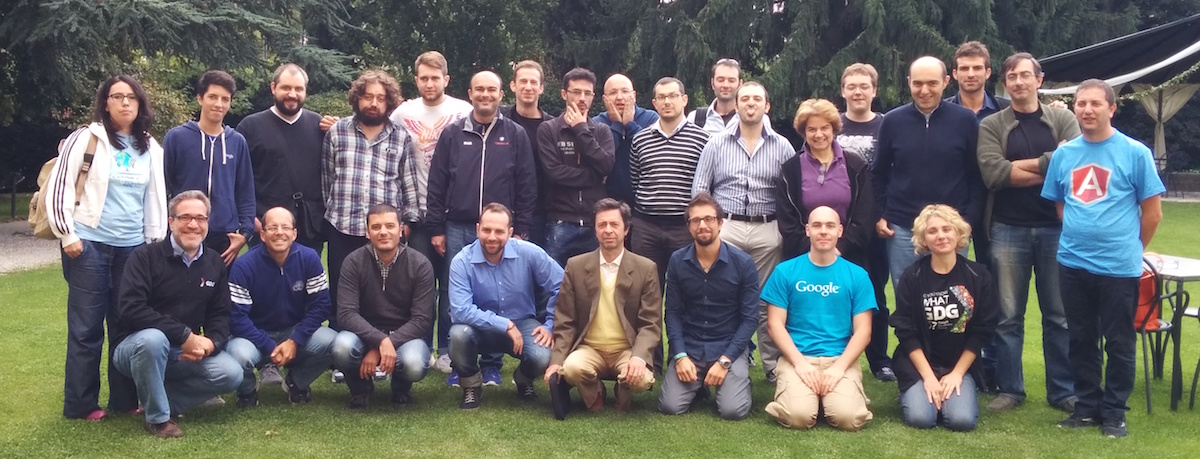
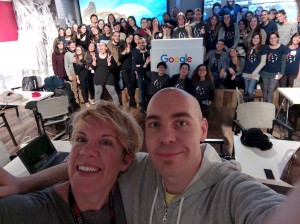
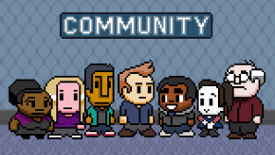
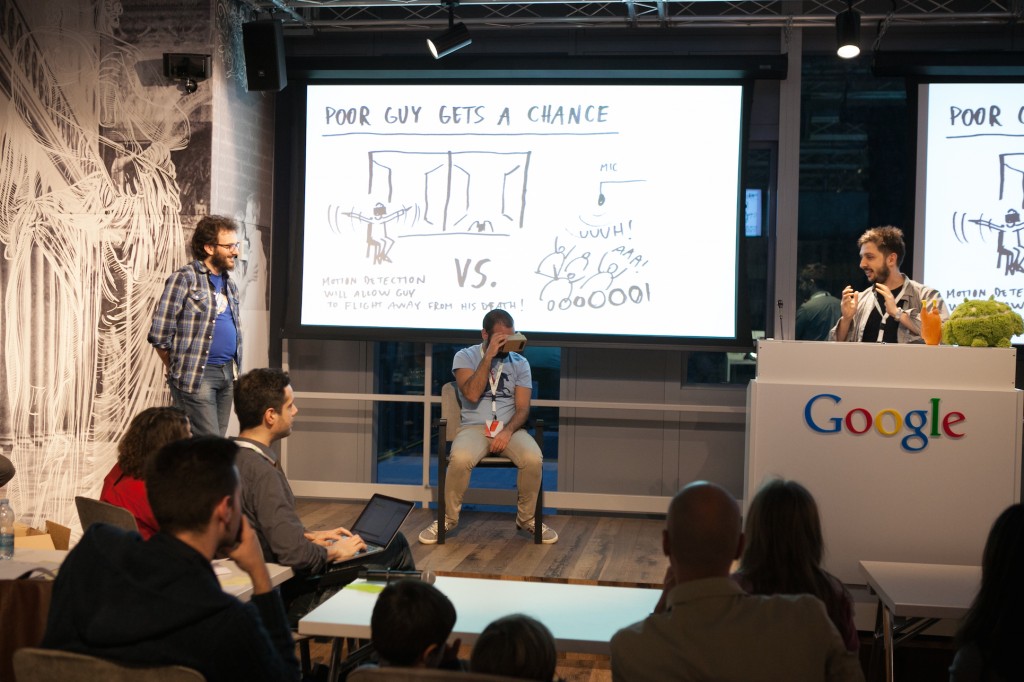
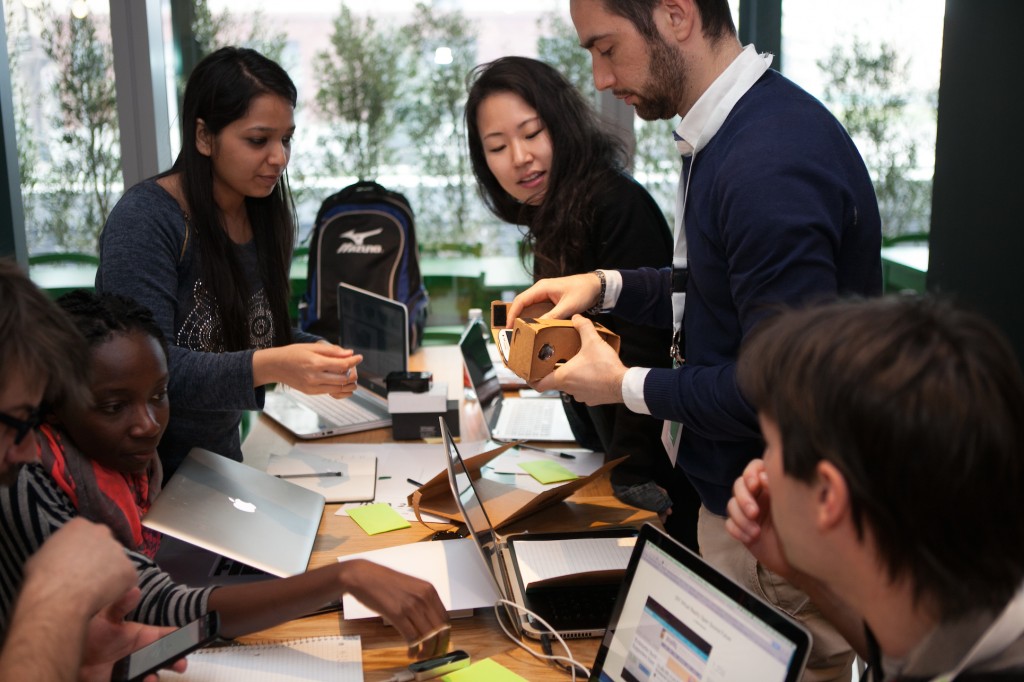
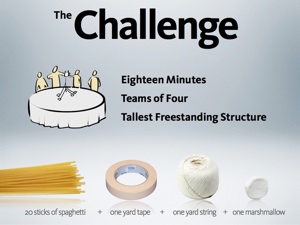 I’ve found an interesting game that can be used both as icebreaker and for teaching a fundamental lesson about the importance of prototyping before fully committing a project (sounds
I’ve found an interesting game that can be used both as icebreaker and for teaching a fundamental lesson about the importance of prototyping before fully committing a project (sounds